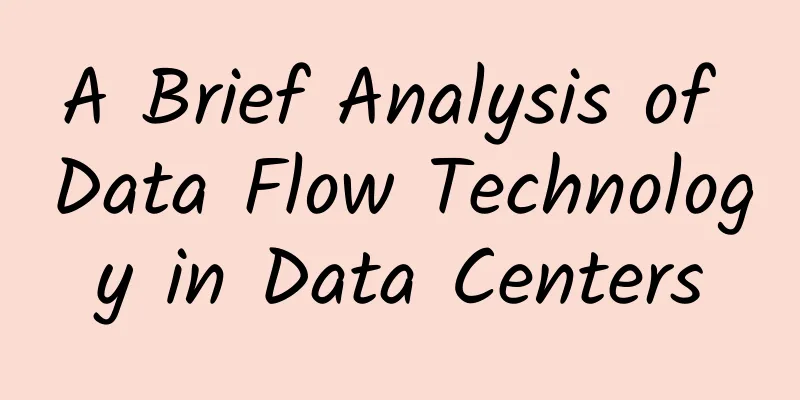How 5G and edge computing are changing the game for online retailers

|
In today's ever-evolving retail world, staying ahead of the curve is critical. Businesses that trade globally are constantly looking for tools and technologies to help them grow: whether it’s targeting customers more effectively, increasing sales revenue, or staying compliant with global VAT and sales taxes. One technology that is sure to have an impact on retailers is edge computing. Essentially, edge computing brings data processing and storage to where the data is generated (or "the edge") and has been praised for its ability to improve response times and save businesses precious bandwidth. But how does this benefit retailers? Take indirect tax, for example. Edge deployments offer the ability to calculate indirect taxes locally at the point of transaction, while centralizing reporting, compliance, and maintenance. By eliminating network connectivity and bandwidth issues and allowing data to be securely transferred to a central “hub” for review only when needed, edge computing can provide a much-needed right hand to tax departments—especially when sales volumes are high and transactions are pouring in. Today, many retailers are already benefiting from deploying tax engines using edge technology, and the emergence of new technologies is opening more doors. The arrival of 5G, in particular, presents even more opportunities for this technology to revolutionize retail tax departments. 5G, short for “fifth generation,” is the latest advancement in communications technology, succeeding the now widely used 4G (LTE). 5G is designed to deliver faster data speeds, lower latency, the ability to connect large numbers of devices simultaneously, and improve overall network capacity and efficiency. A smoother digital experienceFor the retail sector, especially online retailers, the benefits of 5G are mainly discussed from the customer's perspective. Most businesses in the industry would agree that one of their biggest goals is to provide a fast online shopping experience where customers focus solely on the product or service at hand rather than being held back by a slow website. 5G will make this possible by dramatically enhancing network connectivity and bring about a new set of immersive shopping features. For example, look at augmented reality (AR) and extended reality (XR). Today’s consumers often tend to research various products online before narrowing down their choices and making a purchase. With 5G-enabled AR and XR, these two tasks can easily and seamlessly merge into one: AR can provide customers with real-time product information as they shop, and XR can let them enter a virtual dressing room or visualize furniture in their home. We’ve already seen companies like IKEA adopt these technologies to boost sales through virtual showrooms, and 5G will only make more digital shopping experiences possible. 5G-enabled edge computing can also facilitate real-time inventory tracking and analysis, enabling e-commerce platforms to dynamically adjust pricing based on supply, demand, and competitors. This will create more accurate pricing and inventory availability for customers, further promoting a better online experience. In retail, whoever can satisfy customers’ needs in the fastest and most intuitive way wins, so by creating these seamless, innovative shopping experiences, 5G could drive more sales and revenue for businesses in the future. More sales, more tax revenueSo, what does this mean for tax authorities? Firstly, the increased sales enabled by these new 5G shopping experiences creates a greater demand for fast, accurate and efficient indirect tax calculation solutions. As edge computing already provides a quick solution by allowing indirect taxes to be automatically calculated at the point of sale, the availability of ultra-fast 5G networks will only speed up these processes further, further reducing latency and allowing more demand to appear on e-commerce sites during peak traffic periods. |
<<: Analysis of the Art of Communication between Computers
>>: Five minutes to help you understand the difference between Http and Https protocols?
Recommend
Innovation is the key to 5G's "three good"
Wen Ku, director of the Information and Communica...
Animation: How does a browser work?
For most of the front-end developers interviewed,...
Samsung supplies Japanese operator KDDI with equipment to expand its 5G network coverage
On March 31, Samsung Electronics announced that i...
Where is the way out for SDN?
SDN was born in 2006. It was a campus innovation ...
Xuzhou Tongshan District: Millions of people fall in love with "Government Cloud"
[[188582]] In an environment where everyone is &q...
A brief introduction to ZAB protocol in Zookeeper
The full name of the ZAB protocol is Zookeeper At...
Can the United States make China disappear from the Internet?
Let’s talk about an interesting topic today. Ther...
[Black Friday] HawkHost: 35% off on virtual hosts, 30% off on reseller hosts/cloud servers, data centers in Hong Kong/Los Angeles, etc.
HawkHost basically shares the discount once a yea...
RAKsmart recharge big gift: popular VPS host $0.99/month, flash sale server $30.62/month
RAKsmart has launched a promotional event for the...
An article to understand the IPIP network mode of calico
[[397426]] Preface This article mainly analyzes t...
80VPS: Hong Kong KVM annual payment 330 yuan - dual core/2GB/40G hard disk/3M, Los Angeles large storage machine monthly payment 1200 yuan
80VPS has newly launched the Hong Kong CI data ce...
How to use 5G spectrum efficiently? Both licensing and sharing are effective
Telecoms.com regularly invites third-party expert...
5 Service Level Agreement Best Practices for a Unified Communications Strategy
Organizations need strong SLAs to meet their UCaa...
Learn how to start your networking career
The networking industry is changing rapidly, and ...
2021 China Internet Haha List 2: Top Ten Events
In 2021, the Internet industry has emerged with m...









